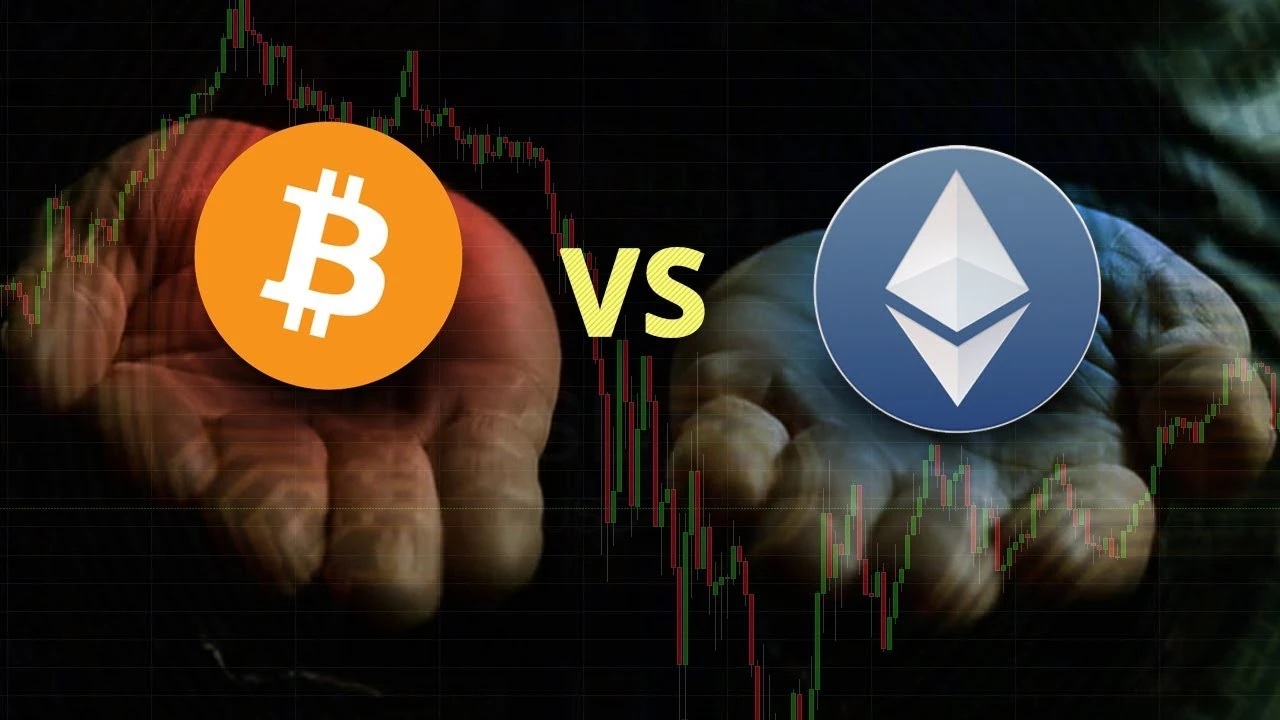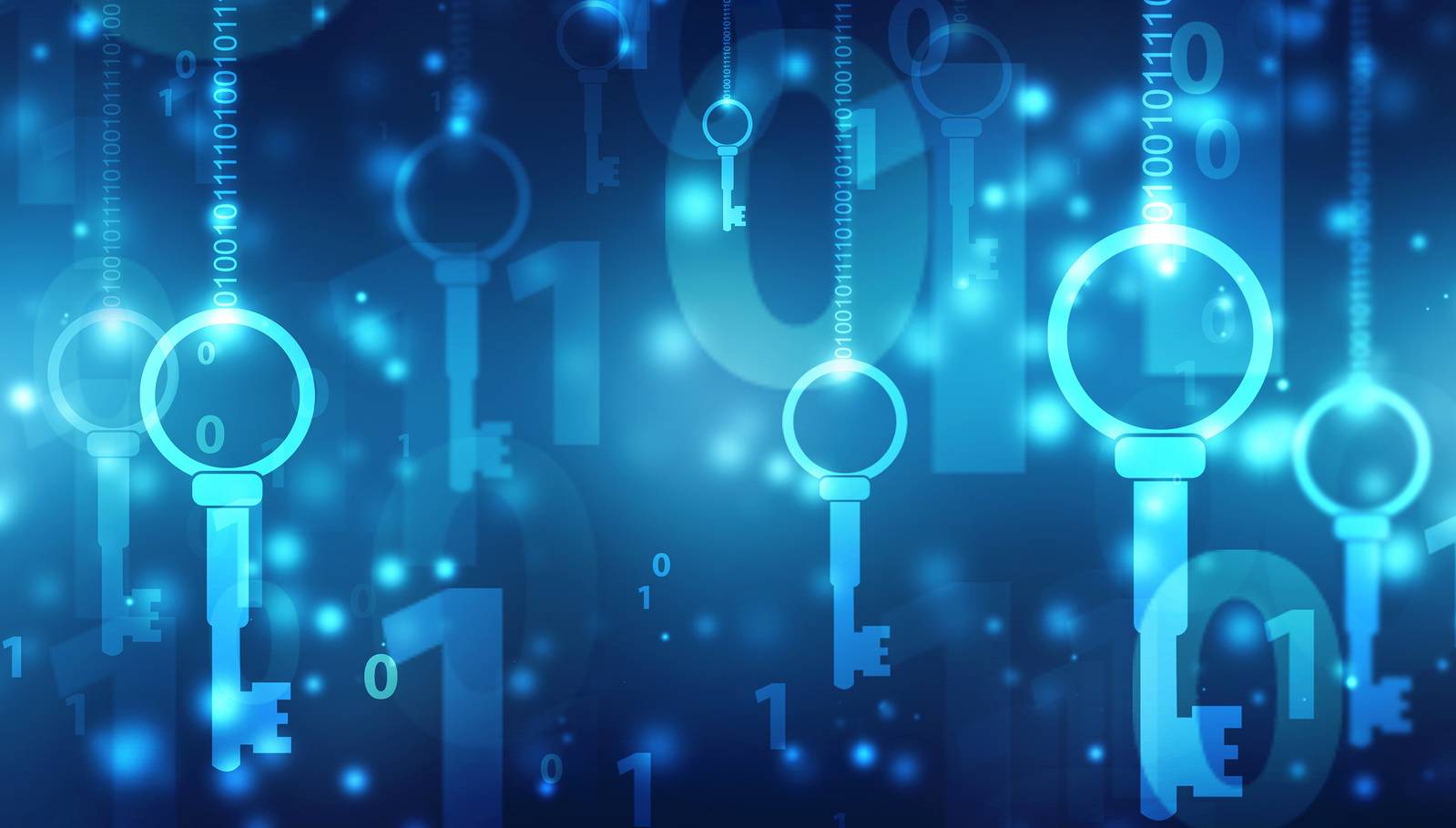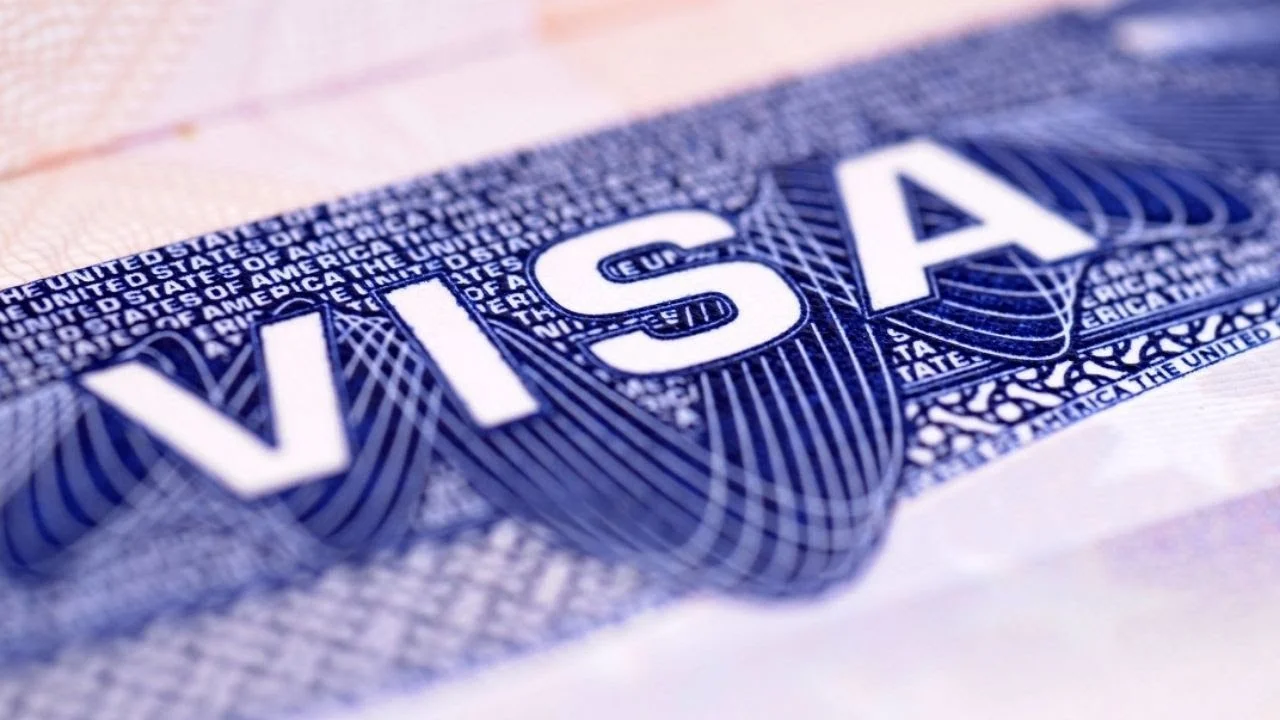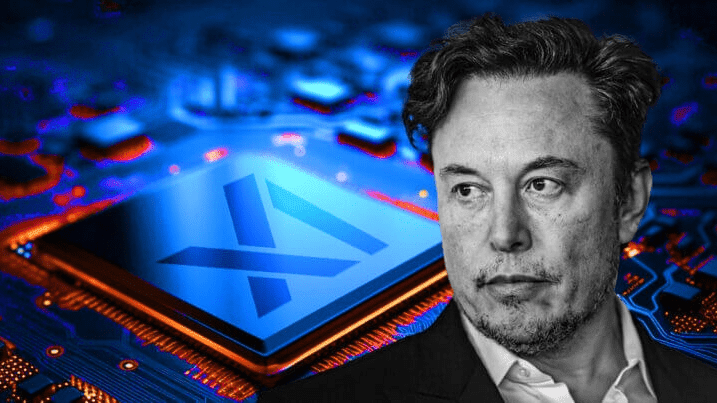For Vance, the scorching summer of Delhi was cut by a red carpet welcome, sprinkled with an honour guard and folk dance troupes, as he began his Delhi tour, scheduled to include a meeting with Modi.
In addition to a visit to Agra, which has the Taj Mahal in it, the itinerary of the Vance tour includes other sites.
The US vice president along with his wife Usha, the daughter of Indian immigrants, and the US vice president travels with the family. That’s how local broadcasters are describing the visit as semi-private.
India’s foreign ministry told reporters last week that Vance, 40, and Modi, 74, will “review the progress in bilateral relations” among other things and “exchange views on regional and global developments of mutual interest.”
India and the United States are in negotiations on the first tranche of the trade deal, which New Delhi hopes to accomplish in the timeframe of the 90-day halt on tariffs recently announced by Trump.
“This visit, we are very positive, will give a further boost to our bilateral ties,” foreign ministry spokesman Randhir Jaiswal reported to journalists last week.
Vance was welcomed at the airport by Ashwini Vaishnaw, a senior minister in Modi’s government.
A Unique Bond
The visit is happening in the context of escalating trade war between the US and China, with which India has a rivalry. US tariffs on many products imported from China’s neighbor go as high as 145 percent.
The latter retaliated with 125 percent duties on US goods.
So far, India hasn’t really reacted severely.
After the tariffs were announced, India’s Department of Commerce said it was “carefully examining the implications”, adding it was “also studying the opportunities that may arise”.
Modi, who visited the White House in February, has an acknowledged rapport with Trump, who said he shares a “special bond” with the Indian leader.
Trump, speaking while unveiling the tariffs, said Modi was a “great friend” but that he had not been “treating us right”.
During his visit to Washington, Modi said that the world’s largest and fifth-largest economies would work on a “mutually beneficial trade agreement”.
While the US is a crucial market for India’s information technology and services sectors, Washington has made billions of dollars in new military hardware sales to New Delhi in recent years.
Trump could visit India later this year for a summit of heads of state from the Quad, a four-way grouping of Australia, India, Japan and the US.

















